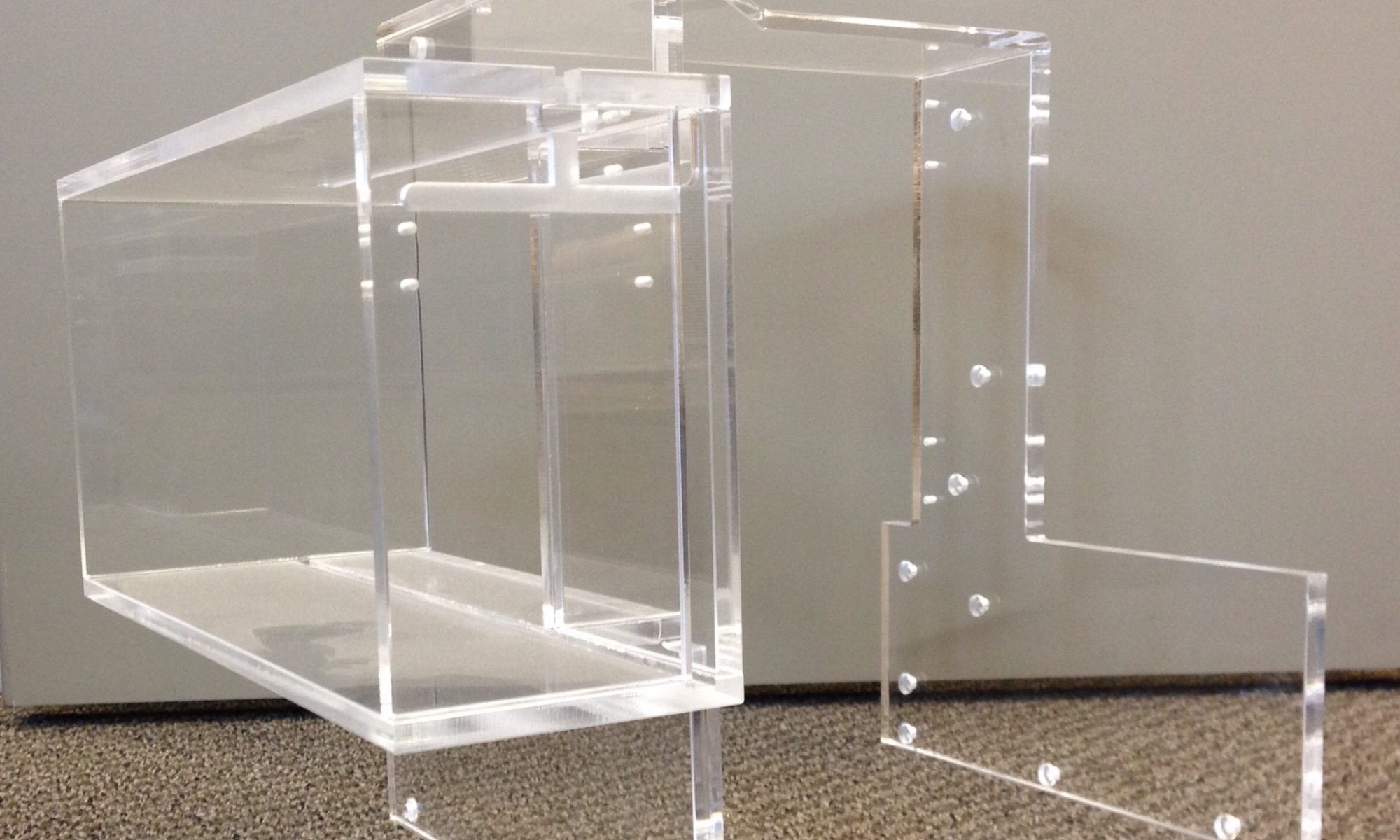There are several plastic fabrication approaches to choose from, and you will find wide ranges related to freedom of form, set-up costs, costs for each component part, completion time, plus the scale of production the technique allows. Common techniques feature CNC (computer numerical control) machining and vacuum formation, both of which cater to alternative design and production necessities. CNC, for example, provides a medium level of flexibility when it comes to the shape, a finish period of under a day, a moderate set-up price, high cost of individual components, and accommodates large scale development. Vacuum formation, in contrast, provides a very limited flexibility of shape, only really suitable for developing simple shapes, and can feature a completion period of up to one month. In addition, since there’s a wide scope of CNC machines, from simple desktop devices, to significantly more advanced machines, the setup price varies from minimal to high, and the cost per component and the finish time are very diverse, and reliant on the sophistication of the machine.
Summary Of CNC Machining
CNC machining is a computer governed subtractive process, which removes material from plastic in order to generate the chosen form. The computer is high-tech, with the ability to change a design into figures by using a computer assisted design computer software system. The figures are able to operate the machine to cut the desired form. To setup, the machines require an intermediate step in the development and validation of tool paths. When the machine obtains the tool paths, the subtractive process is started. When the assembly is complete, the component is cleansed, smoothed, and trimmed.
For low quantity plastic component requests that demand tight tolerances and forms that are difficult to shape, machining is suitable. CNC machining also has minimal to moderate initial costs, and can create premium quality plastic pieces with short finishing times. However, with an increase of product complexity, the price per component boosts. Moreover, this process requires tool access considerations, and particular shapes, including those with curved inner channels, are near-impossible to make with CNC manufacturing.
Breakdown Of Vacuum Formation
Vacuum formation is a method in which plastic material is heated and moulded, generally using a mould. The size and intricacy of vacuum-forming machines range between low priced desktop equipment to innovative manufacturing machinery. Should you be looking into more info with regards to silver snap frames this web page www.display-warehouse.co.uk/ has many more useful guides about snap frames a0.
It can be ideal for any task, from custom-made designs to large-scale fabrication, taking into consideration the large range of equipment offered and that automation is an option when necessary. Having said that, there’s minimum versatility in the different kinds of design it can produce, and is also unfortunately only able to generate parts with simple geometries. In comparison with other techniques, tooling prices are minimal, simply because vacuum formation merely requires low forces and pressures. Typically, for smaller production sizes the moulds are made of Three-dimensional printed resin, or possibly plaster, and then for larger production sizes more robust equipment made of metal is used.
The manufacturing process begins with a sheet of plastic getting clamped and heated up until the plastic becomes mouldable. The plastic is then put into the mould and cooled down, and often fans and other chilling techniques are used in order to accelerate the chilling process. The last stage entails any excess plastic being removed.

